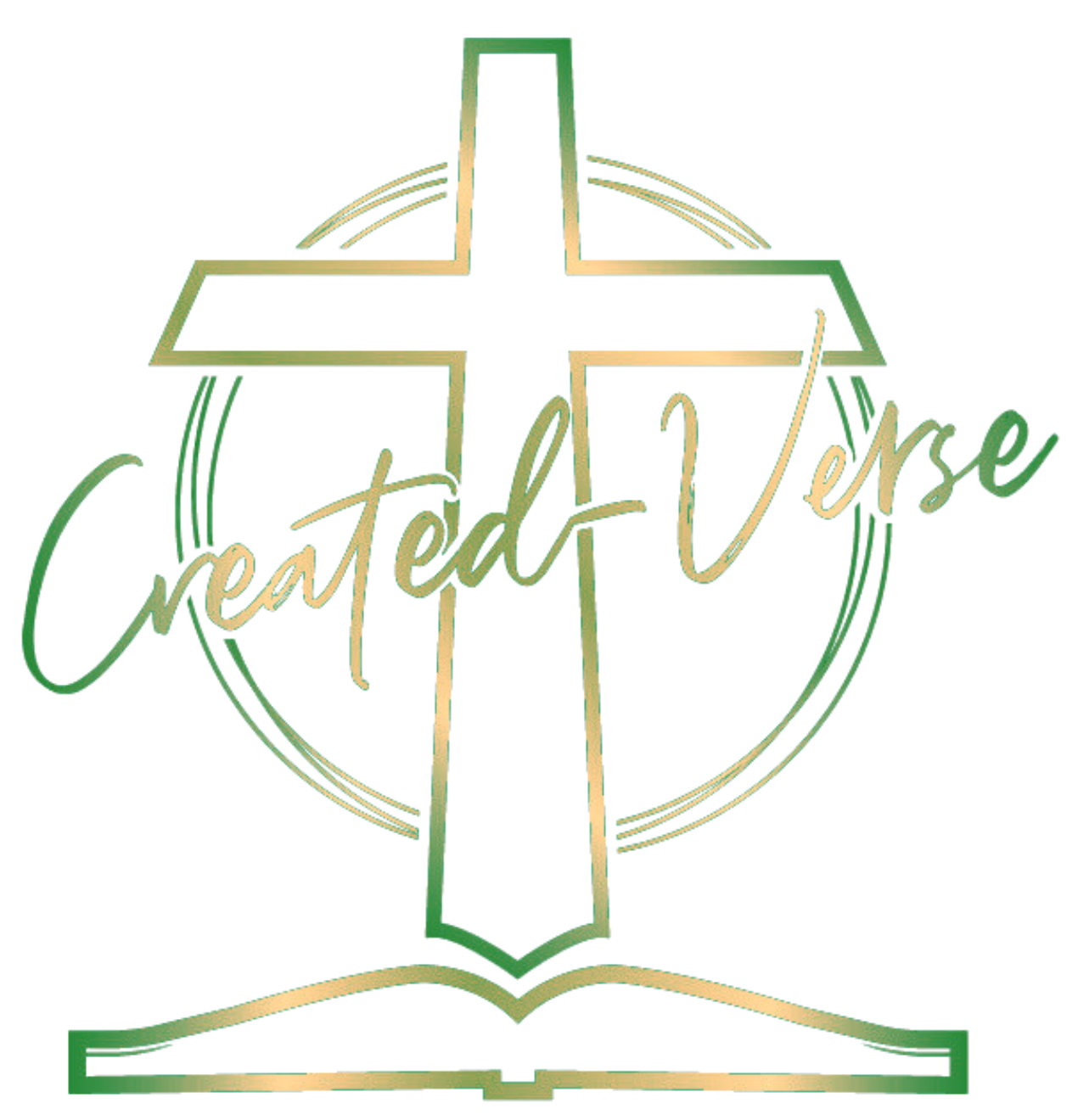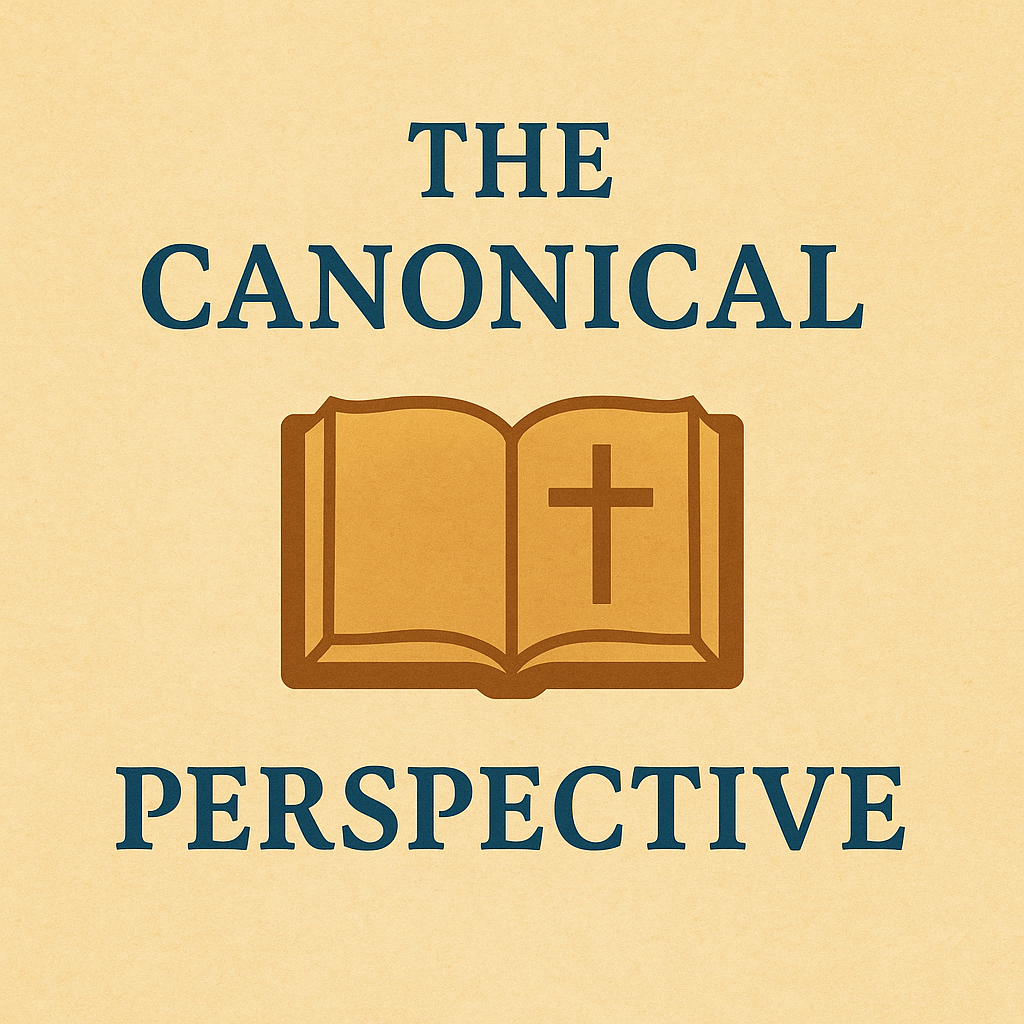Simply put: the canonical perspective is the conviction that one part of Scripture is best understood for the role it plays in the whole.
In the past 150 years, there have been numerous scholarly, “critical” schools with various visions defining an accurate methodology for interpreting Scripture. To cover the most important:
- Historical criticism focused on interpreting Scripture as an artifact of ancient history.
- Source criticism looked for the sources that are allegedly beneath the texts themselves.
- Form criticism tried to understand how any given section of Scripture related to universal literary genres.
- Redaction criticism investigated how the authors and editors of texts seamed together their sources into composite texts.
- Literary criticism brings ancient texts into conversation with other texts to let their literary features stand out.
- Social criticism reads what each text implies about the social group from which the text came.
If this sounds a bit speculative, confusing, and somewhat wrong-headed to you, you’re not alone!
Thanks for reading Commonplaces! Subscribe for free to receive new posts and support my work.
The Biblical scholar Brevard Childs thought so too. Childs felt like all this effort had kept Biblical scholars from understanding the text itself. While not necessarily denying some helpful insights from any of these schools, Childs developed a new/old type of interpretation which goes by various names, but which I will call the Canonical Perspective. Childs’ modern followers include Christopher Seitz, Mark Gignilliat, Don Collett, and Michael Kruger to name a few.
I have some criticisms of Childs,1 nevertheless, I think the Canonical Perspective is helpful for the following reasons:
Why the Canonical Perspective Matters
A Focus on the Text Itself2
Many of the various “critical schools” try to get behind the text: historical context, hidden sources, or editorial shaping. However, the canonical perspective emphasizes the text as we have it—the final form.
A Focus on Scripture as a Text of Faith
The Canonical Perspective recognizes that Scripture was written by believers for believers. While it includes various genres, the underlying purpose is always theological and religious. The texts are normative and authoritative and must be understood through the lens of faith.
A Belief in Typology
From the start, Childs recognized the necessity of typology and figure for understanding the unified story of Scripture. Characters fit together like Russian-nesting dolls, culminating in Christ.
Scripture as a Collection of Collections
Rather than just a “collection of authoritative books,” Scripture is better understood as a “collection of collections.” The Old Testament is divided into the Law,3 the Prophets,4 and the Writings.5 Some believe the New Testament mirrors this structure. How a book fits within its collection shapes its interpretation.
Covenant
Canon and covenant are integrally connected. As Meredith Kline argued,6 God’s covenant demands a written code (Torah), which is expanded through the prophets and defended in the writings.7 This frames New Testament writings as the code of the new covenant and implies that Biblical theology is fundamentally covenant theology.
An Emphasis on Church History
The Canonical Perspective values how Scripture has been received and interpreted in church history. Understanding how figures like John Calvin and Jonathan Edwards read the Bible adds depth to our interpretation today.
A Canonical Example: The Book of Ruth
Consider Ruth. In the English Bible, Ruth is often read as a prelude to the Davidic narrative in 1–2 Samuel, primarily because of the genealogy in Ruth 4. However, in the Hebrew Bible, Ruth is placed in the Writings—alongside Psalms, Proverbs, and Job.
Looking at Ruth canonically alongside Job opens new connections. Ruth 1 begins with famine, exile, and death. Naomi is left empty and hopeless. The plot of the book centers around redemption and restoration. Likewise, Job also begins with calamity, addresses suffering, and ends in restoration.
When read together, Ruth and Job illuminate each other. Both tackle suffering, both end in redemption, but they approach the problem differently. Their complementary voices help us better understand the nature of God’s interaction with human suffering.
If we only read Ruth as a historical prelude to David, we miss its connection to wisdom literature and themes of redemptive suffering. A canonical perspective helps bring this to light.
Conclusion
This is the value of a canonical perspective. I have found that the canonical perspective yields these kinds of insights over and over again. It is, simply put, one of the most rewarding ways to read Scripture.
Footnotes
- He rejected Scripture’s self-authentication and gave little attention to ‘authorial intent,’ for example.
- The scholarly terminology is typically “final form."
- Law: Genesis–Deuteronomy
- Prophets: Joshua, Judges, 1–2 Samuel, 1–2 Kings, Isaiah, Jeremiah, Ezekiel, and the 12 Minor Prophets.
- Writings: Psalms, Job, Proverbs, Ecclesiastes, Song of Solomon, Ruth, Esther, Ezra, Nehemiah, Daniel, Lamentations, 1–2 Chronicles.
- Meredith Kline, The Structure of Biblical Authority (Eugene: Wipf and Stock, 1997), 64–67.
- Kline only applied this to the wisdom literature, but I think it can be applied to other books in the writings as well.
About the Author
Dr. Matthew LaMaster
Dr. Matt LaMaster was called to ministry at a young age and earned his BA and MDiv from Moody Bible Institute, where he met his wife, Hannah. He later completed a PhD in Theological Studies at Concordia Theological Seminary in Fort Wayne, Indiana. After pastoring in the Midwest, Matt felt the Lord’s call to Grace and joyfully responded.
He has authored several articles for For the Church and the book Of Guilt and Grace. In his free time, he enjoys reading, writing, and hiking—but most of all, he loves wrestling with his son, Calvin, and daughter, Marguerite.
Follow his work on Substack or connect with him on LinkedIn.
Read the original post here: Original Post

